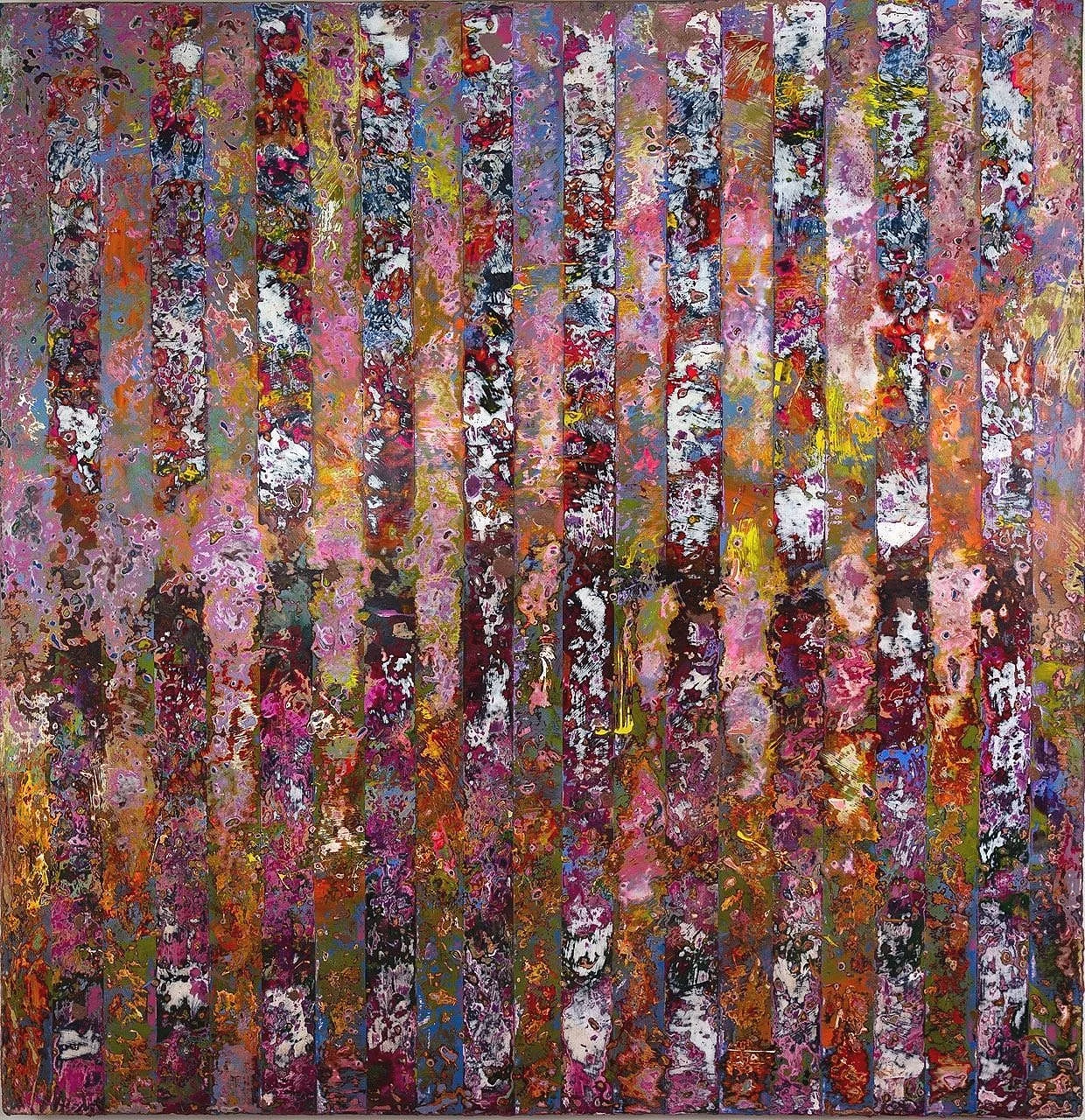Romano Fonseca’s manuscript of “The Alphabet of the Angels” is suspected to have been discovered in 1952 by Floriano Ravello, brother of Italian short story writer and novelist, Italo Ravello. The text was hidden in a compartment beneath the floor of the crypt of the Church of San Giovanni Battista in Praiano, a small community located along the Amalfi Coast. The brothers found no record of Fonseca in the church records, other than a single entry of Fonseca’s excommunication from the priesthood in 1892 for being a schismatic apostate. According to letters passed between the two brothers following their analysis of the text, aa theory was formed between them that the manuscript was the product of an enormously creative and altered mind. The book appeared to disappear from the brothers’ fascination as no further mention was made of it following the late 1950s.
While working on his series of talks for the Charles Eliot Norton lectures at Harvard University in 1985, it is rumored in some circles that the middle-aged Italo Ravello, was so distracted with his translation of Fonseca’s text that his sixth and final lecture was left incomplete. A hand-written translation of “The Alphabet of the Angels” was found by an associate, along with Fonseca’s manuscript in the author’s files. Based on the date of the final entry in the translation, it is possible Ravello completed the work on September 18, 1985, the day before his untimely death.
The translation of Fonseca’s manuscript, which was eventually published in 2021, reveals the monk’s obsession with language, type design, and color, as evidenced by this passage in his Introduction:
“One exception for me is the earth’s most perfect word and, naturally, my favorite: starling. A word employed only one time by Shakespeare, yet whose warbles and rattles and chirps emerge from an iridescently feathered body of blue, emerald, purple, violet, red, and gold: a bird. If I could have chosen my final spoken word, it would have been starling. I would have said it slowly and carefully. I would have savored each syllable as it rolled out of my mouth, visualizing the shapes of each letter and selecting its font carefully. It would be seriffed and located somewhere in the neighborhood of the Goudys or Garamonds. I would listen to myself utter the sound of the first syllable and then the second. A sudden build of S and T is followed by the softness of the following pair. Then halfway through the word, an ascending L lifts the word into the air with a flick of the tongue only to return it to the earth with the concluding letter’s descender: a hard G. So simple and ordinary. So perfect and elegant that, yes, I believe that Goudy would reflect its nature most accurately.”
It would be natural to wonder if Fonseca’s last word was starling. Yet, what became Fonseca’s true obsession was what became his visions and apparent conversations with various levels of heavenly beings during long periods of meditations, or what he called his trances. During these extended periods, Fonseca alleged that he would interact with angels, not just one, but many thousands of them. As the angels spoke and sang, colors would apparently form around them and would be accompanied by a cloud of sound that was unintelligible to Fonseca, but clear and purposeful to their creators.
“For the next stratum of angels, the work becomes more delicate and skilled. These are the seraphim and cherubim who sing the eternal and the infinite; the spoken and the thought. This is the choir of heaven. As wind is never seen, but heard and felt, the voices of the cherubim and seraphim provide a constant symphony for all of heaven. However, unlike the wind, the songs of these angels appear to contain the essence of the real and the unreal, the unbegotten and the made; the was, the is and the will be. True light from true light, as it is written. These songs, if I can call them that, consist of low harmonic drones punctuated by breathy, higher-pitched staccatos. Like the blues and pinks of a morning sky scattered with the heights and widths and depths of various cloud forms: cumulous, nimbus, stratus, and cirrus, and the folding of these shapes, one over and under and inside the other in a swirling dance of color.”
He describes his interactions as observations at first, followed by day-to-day instruction with one of the angels, whom he kept nameless, on the meaning of each color and their combinations. The result of Fonseca’s time with the angels emerged as a letter-by-letter analysis of color and sound frequency. Fonseca’s manuscript reveals an exacting attention to the components of each color, diagramming them according to the percentages of blue, red, yellow, lightness, and darkness. Each letter is also assigned a sound frequency, though not a timbre, based on a formula of the color combinations of each letter.
According to the translation, Fonseca appeared over time to have found himself able to converse with his guide in the most basic of angelic words during his trances before his instruction abruptly ended shortly before his disappearance. What remains are a series of color and sound transpositions of Biblical and sacred texts currently undergoing translation. Among these are The Beatitudes, The Stations of the Cross, and selections from the Book of Psalms and numerous Apocryphal passages.
The collection represented consists of Fonseca’s translation of the angelic alphabet into the modern 26-letter Roman alphabet. However, as Ravello suggests, this is a mere sample of the vast language of the angels.


